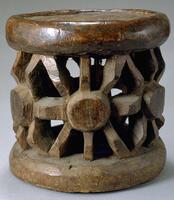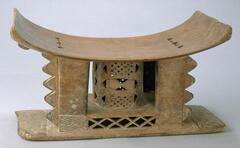23 UMMA Objects
23 UMMA Objects
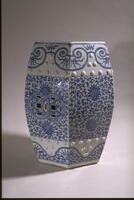
Chinese (Chinese (culture or style))
Garden Stool
1830 – 1880
Gift of Miss C. Irene Hayner in memory of Adah V. Morris
1973/2.10

Chinese (Chinese (culture or style))
Garden Stool
1880 – 1910
Museum purchase made possible by a gift of Sarah and Otto Graf
1991/2.59
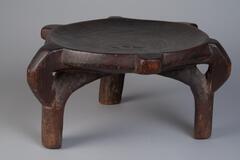
Tanzanian (Tanzanian)
Stool
Gift and partial purchase from the estate of Kurt Delbanco in honor of Nicholas Delbanco
2017/1.662

Hella Jongerius
Bovist ("Lacemaker" model) pouf
2005 – 2013
Museum purchase, with funds from the Bequest of Herbert W. and Susan L. Johe
2013/1.289

Chokwe (Chokwe (culture or style))
Caryatid stool
1850 – 1899
Gift of Candis and Helmut Stern
2005/1.204
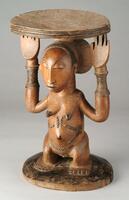
Hemba (Hemba (culture or style))
Chief's Stool
1915 – 1925
Gift of Candis and Helmut Stern
2005/1.224
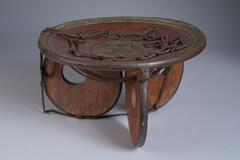
Kamba (Kamba)
Stool
Gift and partial purchase from the estate of Kurt Delbanco in honor of Nicholas Delbanco
2017/1.658
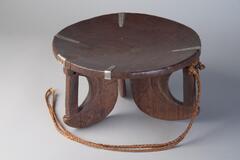
Kamba (Kamba)
Stool
Gift and partial purchase from the estate of Kurt Delbanco in honor of Nicholas Delbanco
2017/1.659
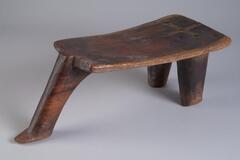
Lobi (Lobi)
Stool
Gift and partial purchase from the estate of Kurt Delbanco in honor of Nicholas Delbanco
2017/1.661
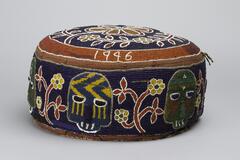
Yoruba (Yoruba (culture or style))
Beaded Foot Cushion
1946
Gift of Dr. James and Vivian Curtis
1997/1.308
Loading…
